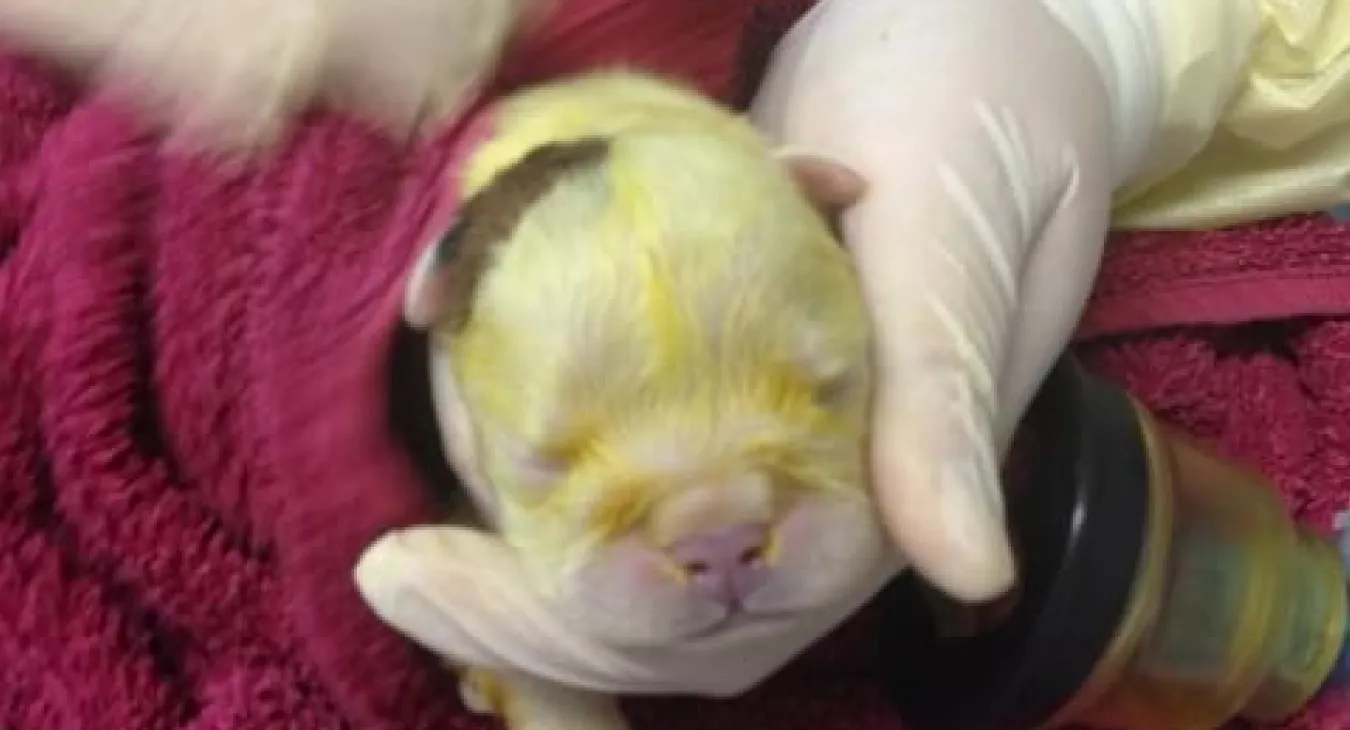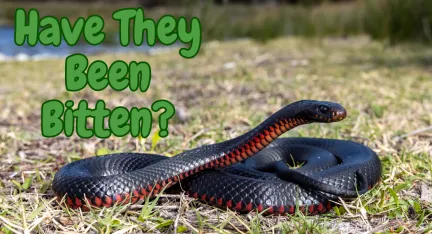Why would dogs need caesarians?
Most dogs do not need to have caesarians. There are 2 main reasons that we would do caesarian in dogs:
- The bitch has dystocia (this is when something goes wrong during the birthing process and she can't deliver the pups). This can happen if a pup is too large, is in the wrong position or if the bitch's uterus is weak and won't expel the pup.
- There is something about the bitch that means that it is very likely that she would get a dystocia. Bulldogs, for example have a very narrow pelvis which means they are very likely to develop dystocia. In this case we do an elective caesarian.
What's involved in a caesarian?
First of all we put the bitch onto a drip and anaesthetise her. We use minimal drugs and very short acting anaesthetics so the pups are not too sleepy when they come out. She needs the drip so we can maintain her blood pressure when we remove the heavy uterus. She is quickly clipped, moved to the theater and the skin is prepared with disinfectant to make it sterile. Her belly is then cut open and the uterus exposed. The uterus is cut allowing removal of the puppies. The pups are passed to an awaiting nurse who works at resuscitating the puppies. The pups are given oxygen and have the respiratory fluids suctioned out of their nose and mouth. They are then stimulated by rubbing which helps to get them going and this also cleans alot of the fluid out of their lungs. While the puppies are being worked on the uterus is closed and the belly is flushed with a fluids until it is clean. The belly is then sutured to close up the wound. The bitch and her puppies are discharged from hospital as soon as the are awake. The recovery is quite quick and she is sent home with pain relief.
Why can't we watch?
You'll notice in the photos above that we are all wearing gowns, masks and gloves. Everyone involved with the caesarians at our practice have been vaccinated for Q fever. This personal protective equipment (PPE) is an extra layer to protect us from this disease. Q fever is a bacterial infection caused by a bacteria which is released in the placental fluids of some animals during birth. Previously we did not think that this occured in dogs or cats but there have been several outbreaks associated with caesarians in dogs and cats in recent years. For this reason we have a strict policy of never allowing members of the public or owners to enter during caesarians. We also never perform mouth to nose resuscitation as this is a very high risk procedure. Q fever can cause endocarditis and make you very sick, that is why we take these precautions.
Read more articles
- Log in to post comments



